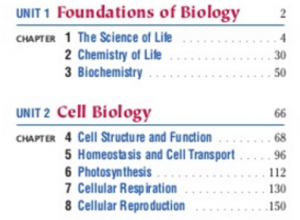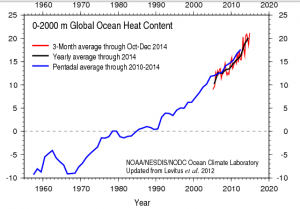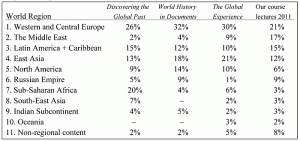
The Power of Visualizing and Creating Sensory Mental Images
Visualizing and creating sensory mental images describes one of the most powerful comprehension strategies. According to Buehl (2007), “Comprehension involves breathing life experiences into the abstract language of written texts. Proficient readers use visual, auditory, and other sensory connections to create mental images of an author’s message.” In addition to creating and using your own images, stories and examples for students, texts provide many images, yet it is the instructor who breathes life into the meaning. This article shares a few common strategies to make textbooks more powerful learning tools and resources for students whether the texts are eBooks or paper copies.
As lifelong learners, most academics feel very at ease with textbooks and there persists little mystery in how to use them efficiently. However, to students who may have challenges with learning difficulties, texts can be overwhelming. Therefore, how we use and present information from the texts can be invaluable to student users. Here are a few strategies that increase student comprehension for informational texts.
Informational Text Features
Table of Contents
 When students understand the structure of an informational textbook, it empowers them to use it as a resource and learning tool. Reference features by providing an overview and modeling with the Table of Contents. The more students understand the “big picture” of the text organization and content, the more secure they will become in compartmentalizing the interior parts of the section. Consider what we know about how the brain works; the brain uses patterning and structure to create connections from vocabulary to concepts to themes. Table of Contents do just that; they establish an order and organization to material. By referencing the Table of Contents, students begin to internalize the connections between the chapter concepts and key information and know how to use the Table of Contents to find information they seek.
When students understand the structure of an informational textbook, it empowers them to use it as a resource and learning tool. Reference features by providing an overview and modeling with the Table of Contents. The more students understand the “big picture” of the text organization and content, the more secure they will become in compartmentalizing the interior parts of the section. Consider what we know about how the brain works; the brain uses patterning and structure to create connections from vocabulary to concepts to themes. Table of Contents do just that; they establish an order and organization to material. By referencing the Table of Contents, students begin to internalize the connections between the chapter concepts and key information and know how to use the Table of Contents to find information they seek.
Glossaries and Index/Indices
Vocabulary plays an essential role in learning course content. When working with groups of students the other day, I noticed them flipping through pages searching for vocabulary definitions to complete a worksheet. I asked, “Does your text have an index?” and “Does your text have a Glossary? Lights came on and in both instances, students started using the features to find their information. Their actions became purposeful and their frustration ceased. To those of us who understand the structure of textbooks, this is second nature, but students are not always thinking structurally; their narrow focus to “find the answer and get this done” needs to be reminded…there is an order here.
Key and Guide Words
Key and Guide words describe another feature of informational text. Key and Guide words as well as chapter headings and sub-headings are generally accented in bold print. Encourage students to seek information using the Key and Guide words as well as noting words in bold print. The bold print also emphasizes the key concepts of the chapter. Frame your purpose for reading by mentioning the importance of the key information displayed in bold print.
Graphs, Charts, Tables, Maps, and Illustrations Create Visual Cues
Most college texts are characterized as informational and follow prescribed formats and features. Utilizing these features helps learners identify key concepts and information. For example, informational texts contain charts, graphs, tables, maps, timelines and illustrations. When discussing data, input the graph in your handouts and power points and discuss the contents with the students. Do not assume they know how to interpret the graph. Ask inquiry questions that require students to interpret and report the information from the graph.
Extend the concepts further by inquiring, “What would happen if? or “How would you apply this information to a different situation?” Reading skills for informational text require students to activate their prior knowledge in addition to interpreting and analyzing the contents of the tables, charts, etc. Your approach clarifies their meaning and transfers that conceptual information into short-term or long-term memory.
Chart

Table

Although these are easy strategies to incorporate in our practice, they do emphasize approaches that make a valuable difference for learners including those with learning difficulties. In the next article, I will cover two other reading strategies that can be incorporated into lectures; making inferences and determining what’s important. As always, please contact me if I may be of assistance to you at fharris@nmc.edu or 231.995.1957.

